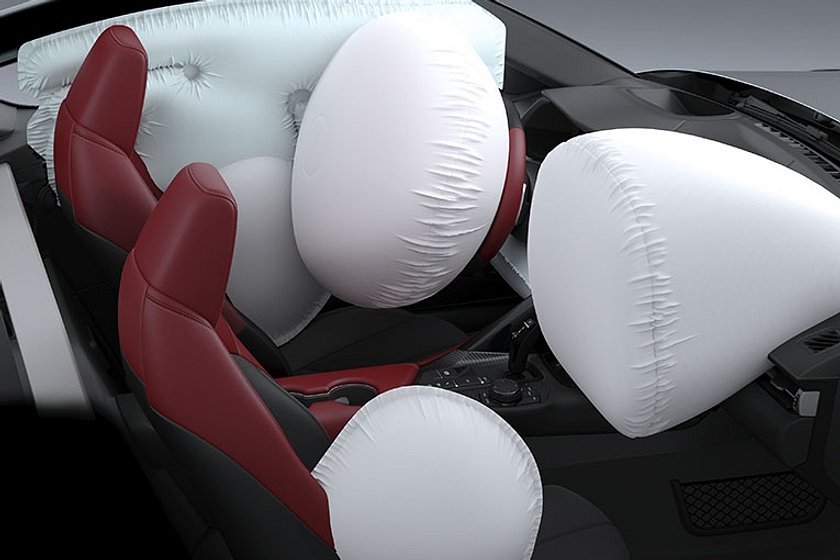
The first airbag was designed and patented in 1919, but it was in the 1950s that designs intended specifically for use in passenger cars started to materialize. However, since airbag tech was still in its infancy, compressed air inflated the airbag, resulting in a deployment speed far too slow to function as intended.
Things began to improve in the 1970s when fully operational airbags started to appear on commercially available vehicles by GM and Ford. These were advertised as a replacement for seatbelts rather than a complementary feature; the “supplemental restraint system” concept hadn’t yet appeared. The first vehicle with something resembling a modern SRS was the Mercedes-Benz S-Class in 1981. Ten years later, in 1991, US legislation was passed stating that all US cars and light trucks built after September 1, 1998, were legally required to be fitted with airbags.
Around the time the new law came into force, airbag maker Takata was looking for a more efficient chemical to inflate their airbags quickly as a replacement for sodium azide; they settled on ammonium nitrate, which proved to be a disastrous choice. Heat and humidity made the ammonium nitrate deteriorate and turn into an uncontrolled explosive, which launched shrapnel into the vehicle when the airbag was deployed, effectively turning the car into a bomb.
What followed was one of the most extensive product recalls in automotive history, which is still ongoing. Modern airbags typically use the more stable guanidinium nitrate instead, plus a copper nitrate oxidizer to lower the exhaust gas temperature.

